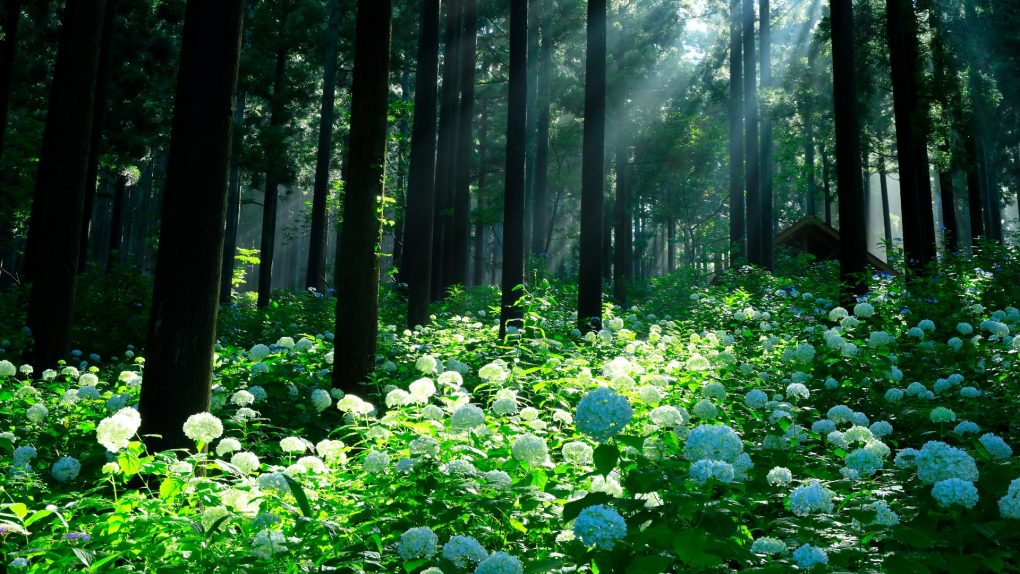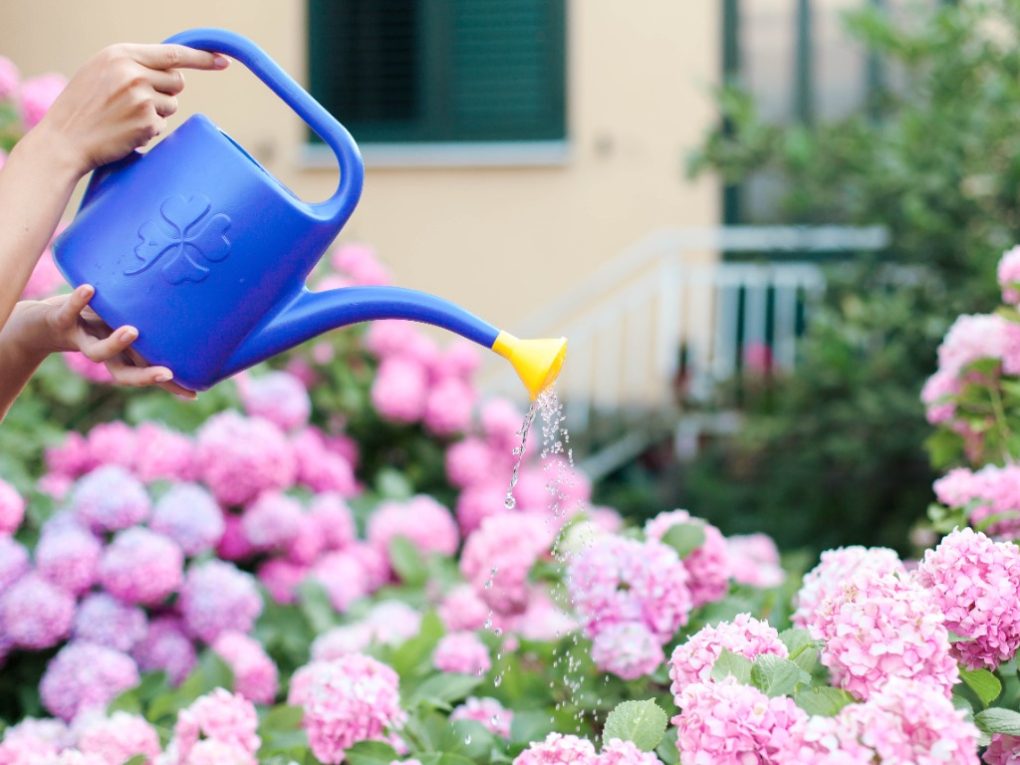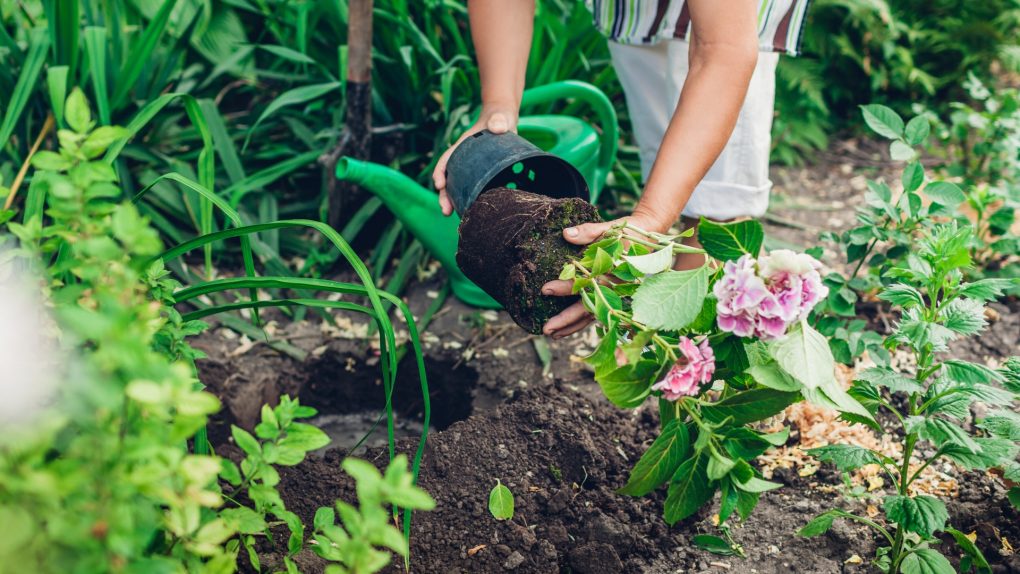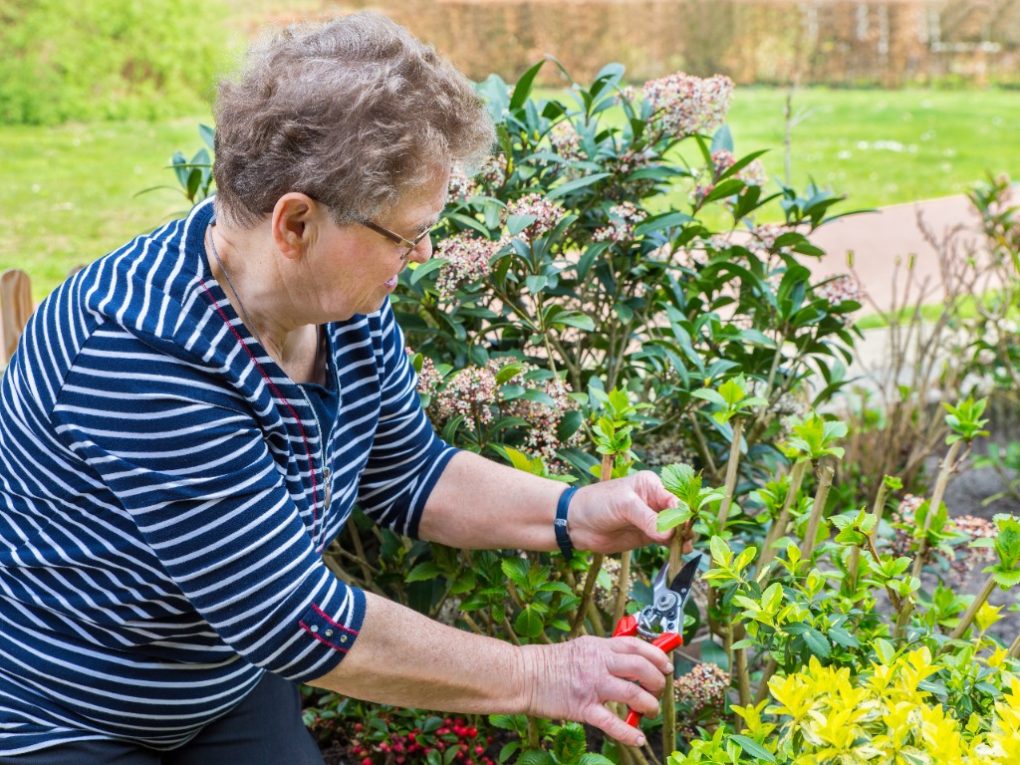Will Hydrangeas Thrive Under Cedar Trees? Exploring the Possibility.
Hydrangeas are unlikely to thrive under cedar trees due to the challenging growing conditions in such an environment. Instead, cedar trees tend to create dense shade and have roots that draw a substantial amount of water and nutrients from the soil, resulting in reduced resources available for surrounding plants.
Additionally, cedar trees produce allelopathic chemicals that can inhibit the growth of other plants nearby, including hydrangeas. To increase the chances for hydrangeas to thrive, it is recommended to plant them in a well-draining soil with sufficient sunlight and moisture, away from the dense shade and competition for resources created by cedar trees.

Table of Contents
Factors Affecting Hydrangea Growth under Cedar Trees
Hydrangeas are beautiful flowering plants that can thrive in various conditions. However, certain factors can impact their growth and overall health when it comes to growing hydrangeas under cedar trees. In this section, we will explore these factors and provide insights on how to overcome the challenges.
1. Shade
Cedar trees have dense foliage that can cast significant shade on the ground beneath them. Shade is a crucial factor affecting hydrangea growth as these plants require sunlight to thrive. Insufficient light can lead to weak stems, reduced flower production, and stunted growth. To address this issue:
● Choose hydrangea varieties more tolerant of shade, such as Hydrangea macrophylla ‘Blaumeise’ or Hydrangea quercifolia (Oakleaf hydrangea).
● Trim the lower branches of the cedar trees to allow more sunlight to reach the hydrangeas.
● Consider transplanting the hydrangeas to a different location with better exposure to sunlight if the shade is too dense.
2. Soil Conditions
The soil under cedar trees can be quite challenging for hydrangeas due to its acidic nature and potential competition from tree roots. These factors can affect nutrient availability and water absorption, impacting the overall health of the plants. To optimize soil conditions:
● Test the soil pH regularly and adjust it if necessary. Hydrangeas prefer slightly acidic to neutral soil (pH 5.5-7).
● Amend the soil with organic matter like compost or well-rotted manure to improve its structure, drainage, and nutrient content.
● Create a raised bed or use containers to provide a more controlled growing environment for the hydrangeas, reducing competition from tree roots.
3. Competition for Resources
Cedar trees have an extensive root system that can compete with hydrangeas for water, nutrients, and space. This competition can hinder the growth and establishment of the hydrangeas, to minimize resource competition:
● Water the hydrangeas deeply and regularly, ensuring the water reaches the root zone of the plants.
● Apply a layer of mulch around the hydrangeas to conserve moisture, suppress weed growth, and regulate soil temperature.
● Use slow-release fertilizers specifically formulated for acid-loving plants to provide essential nutrients without overstimulating cedar tree growth.

4. Acid Rain Effects
Cedar trees can release chemicals that contribute to acid rain, negatively affecting soil pH and nutrient availability. Acidic conditions can harm hydrangeas, hindering their growth and causing leaf discoloration. To mitigate the effects of acid rain:
● Monitor the pH of the soil regularly and take corrective measures, if necessary, by adding lime or other soil amendments to neutralize acidity.
● Apply a layer of mulch enriched with organic matter to help buffer the soil against acid rain effects.
● Consider using rainwater or collected water from alternative sources for watering the hydrangeas, reducing exposure to acid rain.
Understanding and addressing these factors can enhance the chances of successful hydrangea growth under cedar trees. With proper care and adaptation, you can enjoy the beauty of hydrangeas even in challenging growing conditions.
Remember to consult local gardening experts or horticulturists for specific recommendations tailored to your region and the particular cedar tree species in your area.
Tips for Successfully Growing Hydrangeas under Cedar Trees
Hydrangeas are beautiful flowering plants that can bring a touch of elegance to any garden. If you have cedar trees in your yard and want to grow hydrangeas beneath them, remember a few key tips. By following these guidelines, you can create a thriving environment for your hydrangeas and enjoy their stunning blooms year after year.
1. Choose the Right Hydrangea Varieties
Select varieties that tolerate shade and acidic soil when selecting hydrangeas to plant under cedar trees. Some recommended options include:
● Hydrangea macrophylla (Bigleaf Hydrangea): This popular variety thrives in partially shaded areas and prefers slightly acidic soil. Look for cultivars like ‘Endless Summer’ or ‘Nikko Blue’.
● Hydrangea quercifolia (Oakleaf Hydrangea): Known for its attractive foliage and cone-shaped flowers, this variety can handle shade and acidic soil well. Consider planting ‘Alice’ or ‘Snow Queen.’
● Hydrangea serrata (Mountain Hydrangea): These hydrangeas are more compact and well-suited to smaller spaces. Varieties like ‘Preziosa’ or ‘Blue Deckle’ can tolerate shade and acidic soil.
2. Prepare the Planting Area
Before planting your hydrangeas, it’s important to prepare the soil properly. Here are the steps to follow:
● Test the soil pH: Use a soil testing kit to determine the soil’s pH level beneath your cedar trees. Aim for a pH range of 5.5 to 6.5, which is slightly acidic. If the soil is too alkaline, you may need to amend it with elemental sulfur or other acidifying agents.
● Clear the area: Remove vegetation, weeds, or debris from the planting site. This will ensure that your hydrangeas have access to the necessary nutrients and moisture.
● Add organic matter: Improve the soil’s structure and fertility by incorporating organic matter such as compost, peat moss, or well-rotted manure. This will enhance drainage and provide essential nutrients for your hydrangeas.

3. Provide Adequate Water and Mulch
Hydrangeas require consistent moisture to thrive, especially when grown under cedar trees. Follow these watering and mulching tips:
● Water deeply: Hydrangeas prefer deep watering rather than frequent shallow watering. Provide enough water to saturate the root zone, typically the top 12 to 18 inches of soil. Be mindful not to overwater, as cedar trees can compete for moisture.
● Apply mulch: Apply a layer of organic mulch, such as shredded bark or wood chips, around the base of your hydrangeas. Mulching helps retain moisture, suppresses weeds, and maintains a more stable soil temperature.
4. Monitor and Adjust Light Levels
Cedar trees cast dense shade, which can affect the light levels for your hydrangeas. Keep these considerations in mind:
● Prune lower branches: Prune the lower branches of your cedar trees to allow more light to reach the hydrangeas. This will improve air circulation as well.
● Monitor light exposure: Observe how much direct sunlight the area receives throughout the day. If it’s less than the recommended 4 to 6 hours of morning sun, consider planting hydrangeas that can tolerate more shade.
5. Regular Maintenance and Care
To ensure your hydrangeas thrive under cedar trees, maintain regular care and follow these additional tips:
● Fertilize sparingly: Avoid over-fertilizing, as excessive nutrients can lead to weak growth or fewer blooms. Use a balanced slow-release fertilizer in spring or early summer according to the package instructions.
● Prune at the right time: Prune your hydrangeas immediately after they finish blooming. Remove dead or damaged stems and shape the plant as needed. Be cautious not to remove buds that will produce next year’s flowers.
● Protect from extreme cold: In colder climates, protect your hydrangeas during winter by covering them with burlap or providing a layer of mulch around the base of the plants.

Following these tips can create an optimal environment for growing hydrangeas under cedar trees. Remember to choose the right varieties, prepare the planting area adequately, provide adequate water and mulch, monitor light levels, and maintain regular care. Enjoy the beauty of hydrangeas in your garden, even in the shade of cedar trees!
